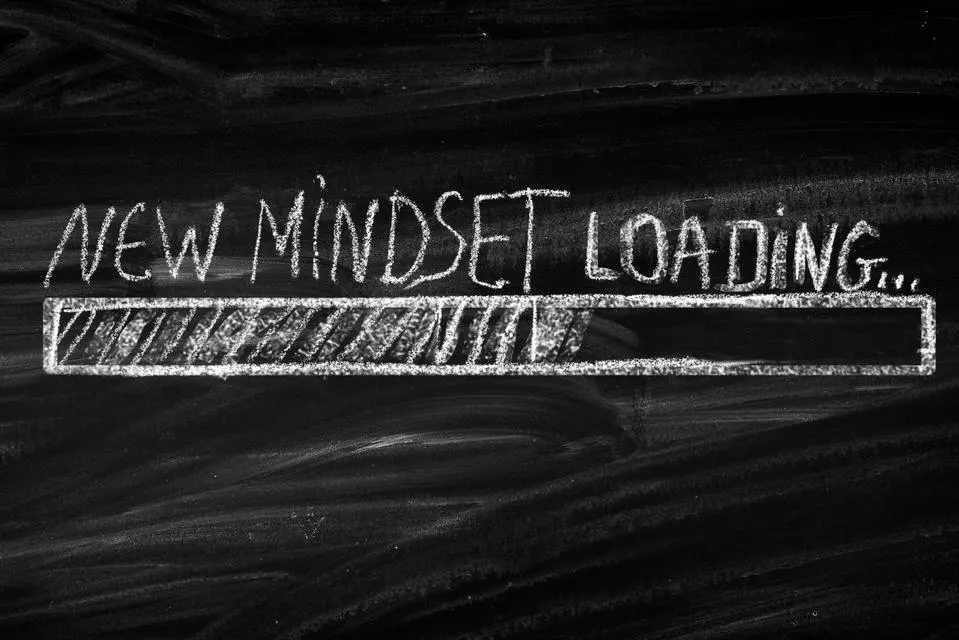What we generally refer to as “failure” is a certainty in life. However, what we usually don’t see is that success is often attained only after the experience of failure. Of course, that doesn’t help you feel any better when you’re in the midst of it. I’ve experienced the bitter taste of failure just like everyone else—including Steve Jobs, who was ousted from his CEO role at Apple before returning to the company to take it to ‘next-level’ success. Years later he famously said, “You cannot connect the dots looking forward, you can only connect them looking backward.”
With that in mind, perhaps how we feel and experience “failure” should be redefined. I am not the first to have this personal “revelation,” mind you. When Thomas Edison was asked how it felt to fail at making the lightbulb one thousand times, he famously responded, “I didn’t fail one thousand times; the lightbulb was an invention with one thousand steps.” Edison, as well as any number of well-known inventors, businesspeople, artists and athletes have likely mastered some version of this concept to help them “redefine failure” whether they realized it or not.
One approach I have used in rethinking the concept of failure is choosing between two “wheels” after a disappointment—one wheel puts you on a downward spiral and the other puts you on an upward spiral. Which wheel you get on is determined by the way you choose to think about failure.
To do this, you must first shift your perspective of “failure” to simply be a label that we place on an unexpected outcome or event that seems undesirable in the moment.
Second, you need to understand and manage if you have a natural tendency to internalize or externalize the reasons for the outcome of the event that has been deemed as negative. Not that you don’t want to own your mistakes and try to improve, but extreme internalizing can be debilitating, while strategically externalizing the reasons for the “failure” can be empowering.
When you completely internalize the reasons for the undesired outcome that you have labeled “failure,” you then tend to overly blame yourself, which leads to associating the experience with pain. Pain leads to fear of trying or taking a chance again because you don’t want to fail again, since you are linking that to internalized pain. Who do I think I am? I can’t do this. I already know I’m going to screw it up. This is how you get on the Failure Wheel. Then, the attempt to achieve your goals starts a downward spiral—perhaps to the point of not trying to reach them at all.
When you tend to externalize the reasons for an undesired outcome, you are more likely to see it as a learning opportunity, which then helps you become empowered by it. You look at it as if it were a source to have acquired more knowledge. With more knowledge, you end up with more confidence. You are likely to try again. With the improved approach and more confidence, you are more likely to be successful the next time you try. This is getting on the Success Flywheel—embracing a willingness to learn and try again, ultimately leading to success and the potential to start to fly.
If we adjust how we view the traditional experience of failure, we can see that it’s really just an opportunity to create a catalyst for future success. Hopefully, whatever you are attempting won’t take one thousand times like Edison—but regardless of what your goals are, you are significantly improving your odds of success with this approach: experiencing failure does not make YOU a failure. It is just something that happened so you can learn and grow to improve the next outcome.
